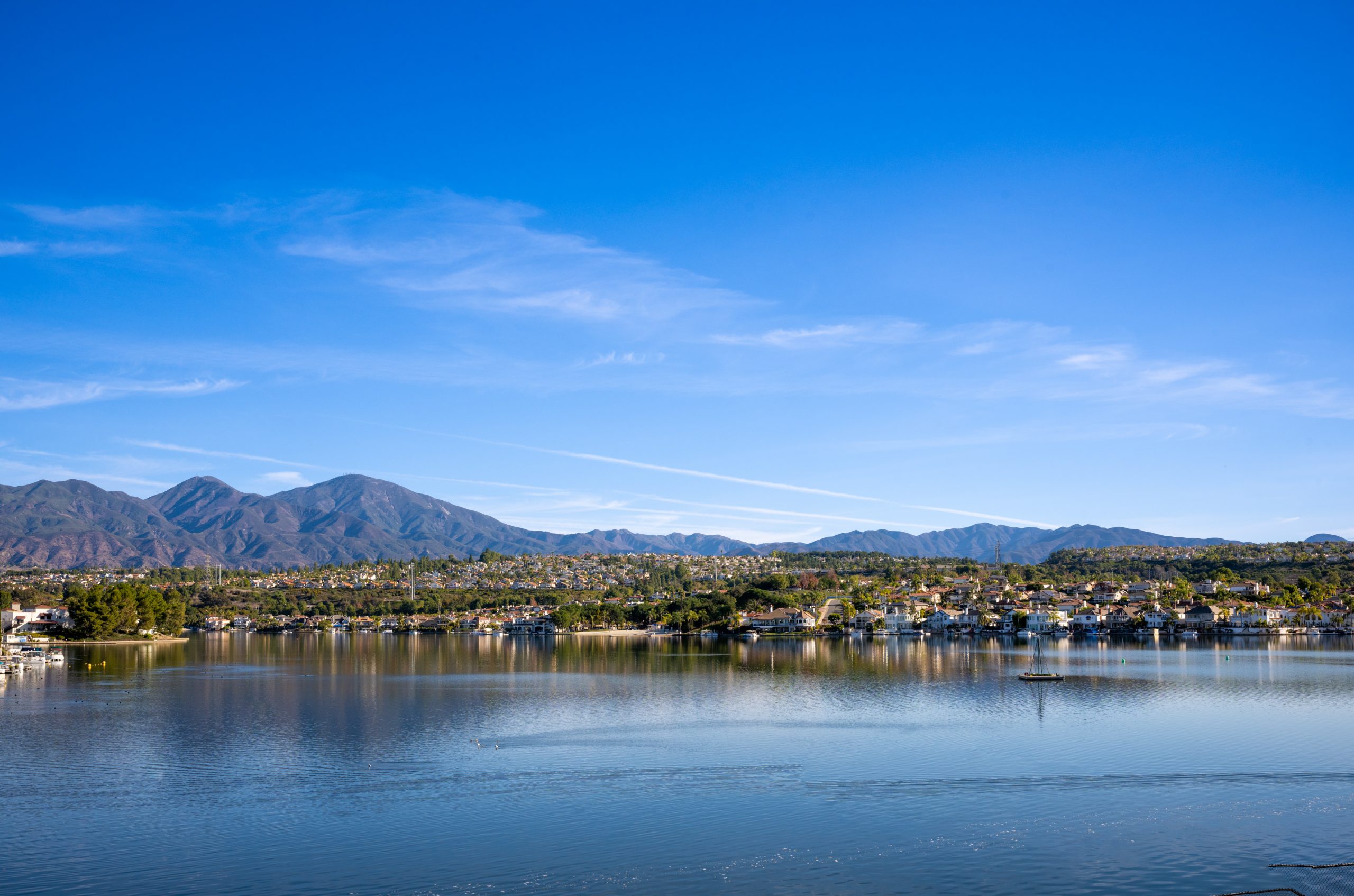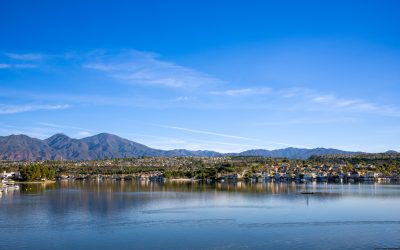While the massive York fire destroyed beloved Joshua Trees in the California desert, a bipartisan piece of legislation aimed at improving the government’s ability to forecast and detect wildfires — which are happening with increasing frequency and severity because of climate change — advanced in the House of Representatives.
Just ahead of the August recess, the House Committee on Science, Space, and Technology passed the Fire Information and Reaction Enhancement Act, a $15 million bill that would to establish programs intended to improve wildfire detection and forecasting at the National Oceanic and Atmospheric Administration. The bill is now one step closer to a vote by the full chamber.
“We’re really excited about this,” Rep. Mike Garcia, R-Calif. told Spectrum News after the bipartisan vote out of committee. “These forecasting models that NOAA has have been improved over the last couple of years. But we haven’t taken full advantage of the prediction side of this, and the sharing of the information, and this bill rectifies all those challenges.”
Garcia is the main backer of the bill, which is being co-sponsored by Reps. Judy Chu, D-Calif., Young Kim, R-Calif., and Julia Brownley, D-Calif. The FIRE Act is a part of a larger bill package Garcia is sponsoring called the Fire Weather Development Act. The NIST Wildland Fire Communications and Information Dissemination Act, which aims to enhance communications and information sharing efforts between first responders, fire management response officials, and community members during wildfires, is also a part of the package.
“What it does is it really brings firefighting and hopefully the forecasted fire weather into the 21st century, frankly,” said Garcia. “Taking advantage of technologies and synergies of different agencies with different technologies to better forecast the weather leading up to the fires; to get a better forecast of weather during the fires and [not only] takes advantage of multiple agencies working together but also new technologies like unmanned aerial systems — these little drums, sometimes bigger drums — and actually fly over and see where the hotspots are 24 hours a day.”
The goal is to use technology used in weather forecasting to help identify the threat of wildfires and predict how they might intensify and spread. It’s an approach that Char Miller, a professor of environmental analysis and history at Pomona College, thinks has potential.
“On the ground, it’s really hard to penetrate. Maybe we can get a better feel for some of these things [wildfires] if we fly over them by one means or another, which is what we do with hurricanes,” Miller explained. “We send airplanes through those clouds to figure out what they’re doing and where possibly they’re going. This is just an adaptation of that process.”
Miller added that flying airplanes over California’s mountains goes back all the way to 1921, when local army units flew aircrafts over the San Gabriel and Santa Monica Mountains to map them and to analyze during fire season what was going on that people on the ground couldn’t see. “[What] the fire weather development bill is doing is just bringing that concept into the 21st century,” Miller said.
A bipartisan bill in such a divisive Congress is rare, giving this bill a better shot than most legislation to make it to the President’s desk. Miller says if it were to be signed into law, it likely could save lives.
“If we get good information, we can potentially predict where it’s moving well in advance of its movements, which is what we do with hurricanes,” he said. “There’s an array, there’s a cone that they say, well, ‘it could be between here and here.’ But just having that information allows hurricane alley — those who live there — to get a better idea about when they shouldn’t be moving away from the shore and into safety. And I would love for those who live in California and the Pacific Northwest, in the intermountain west, to have that same tool and technology.”
The bill also authorizes the construction of a “fire-weather testbed” to develop technology to help predict and forecast wildfire conditions. But there are two words that do not appear anywhere in the bill: climate change.
The increasingly long wildfire season, which is now almost a year-long occurrence, is a side effect of climate change. Democrats lean into the issue of climate change, with President Joe Biden making it a key part of his administration and re-election bid. Republicans meanwhile, question it. Miller says he’s not surprised those two words never made it into the bill.
“This is a way to, in a technical sense, have that conversation without having it,” said Miller. “Let’s get a bill in here as we can, when we can. I don’t think it means that the Republican party is about to tilt into the climate change camp, they have been rigorous about trying to destroy the scientific evidence and those who promote it. So I’m not hopeful about that. But honestly, I don’t care, because if the bill passes, it will actually do something that is being driven by climate change, and will help us better respond and perhaps adapt to it.”
The White House has not yet responded to questions asking if the Biden administration will support the bill.



